People disappear all the time, metal construction, fabric, resin
My Body is Here… , sound installation, 8 minute loop
Here – There, video installation, 8 minute loop
A Body’s Place, adobe construction, red weave, yellow weave
This installation of four works address issues of the body, presence, and loss that have surrounded the collaborative work of Hellen Ascoli and James Sullivan since their initial installation at Sótano Uno (2014).
The work is a physical meditation on the body’s presence and absence, through the architecture of La Concepcion and other convents as a site of temporal, spatial, and bodily regulation. We have focused in particular on a passage within Las Capuchinas which conjoins two spaces: the convent and the “church”, with the passage as a site of performance and restriction. The two physical structures of passage, one open and virtual, the other interior, massive and stopped, reveal different self-perceptions within the rituals of passage and placement that occupy daily practice. The sound and video performance explicitly engage these themes within a reverberatory space of question and response.
Such practices are defined not only by our own bodies and the restrictions of architecture but by the presence and absence of others. We assume presence; loss uncovers the revelation of how our body lives in the world through others.
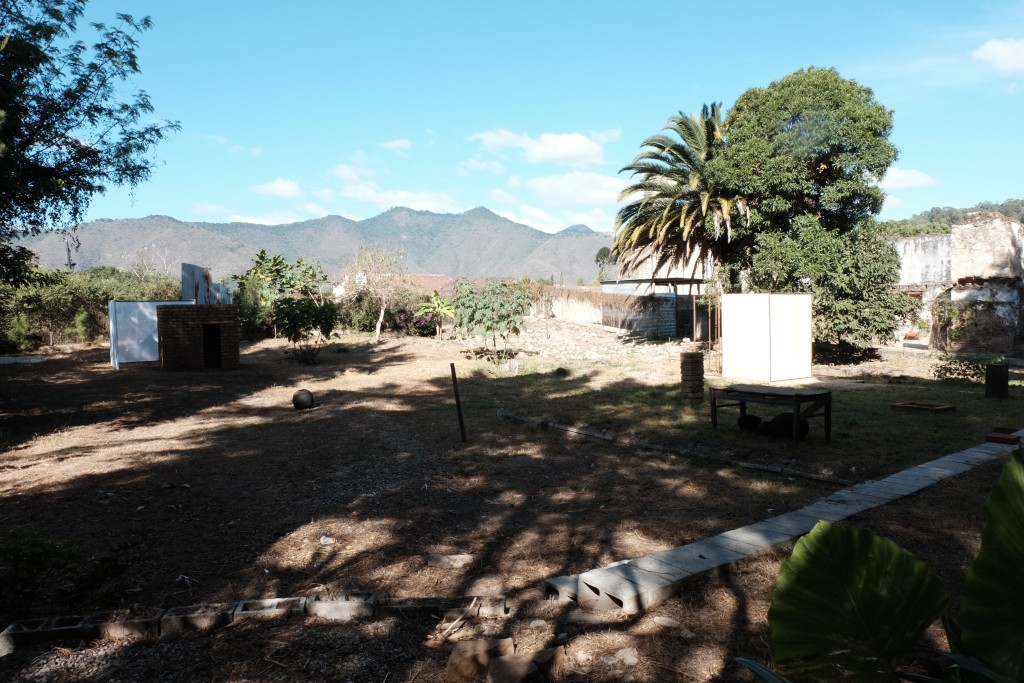
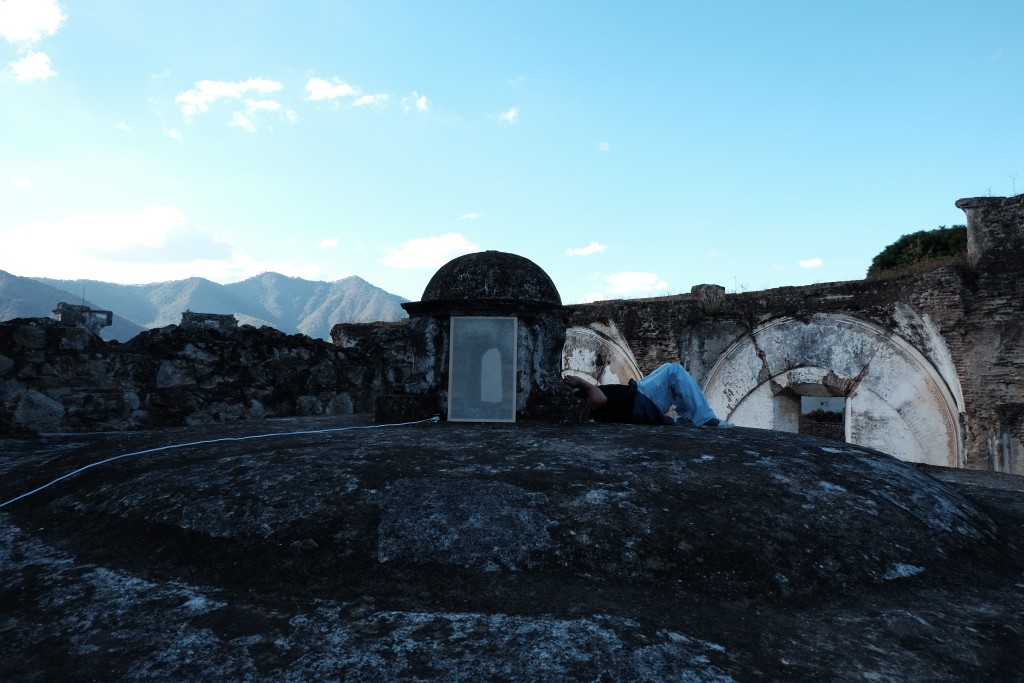
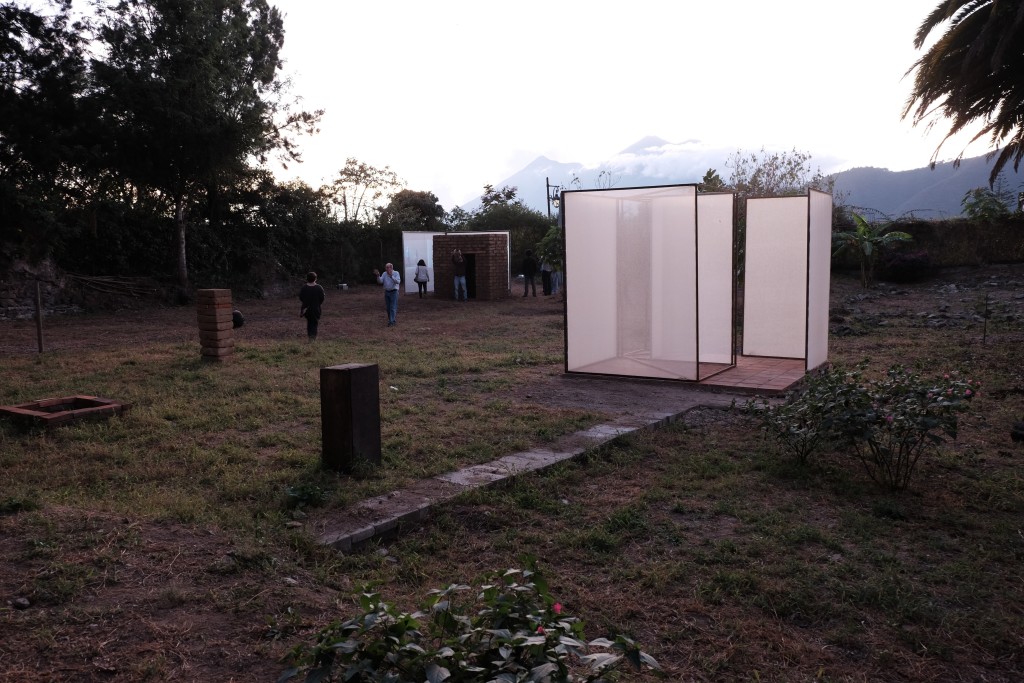
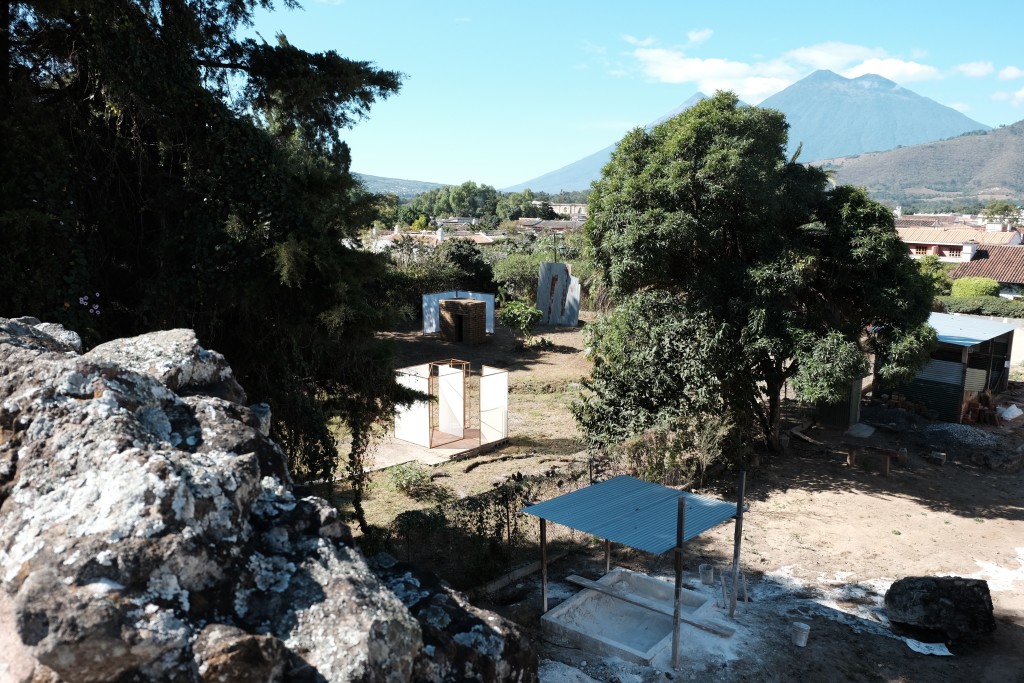
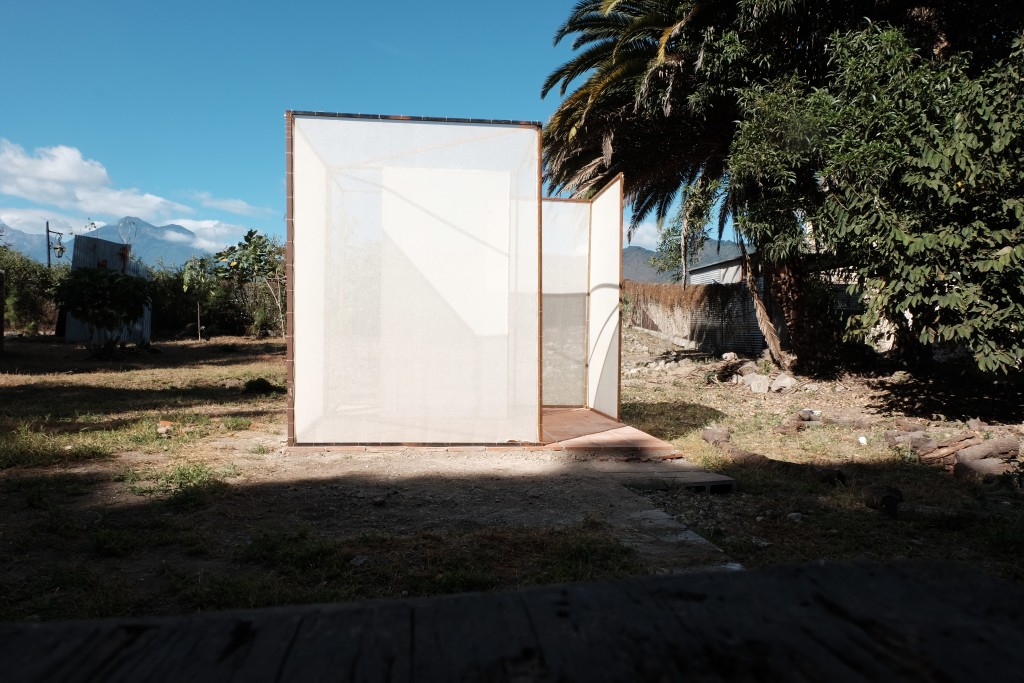
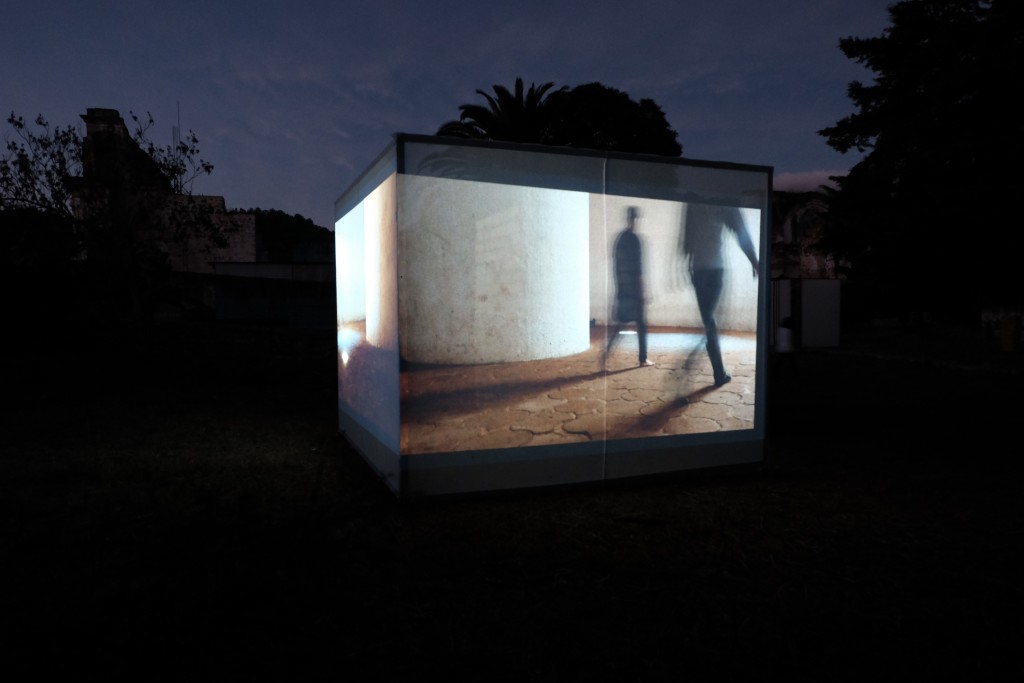
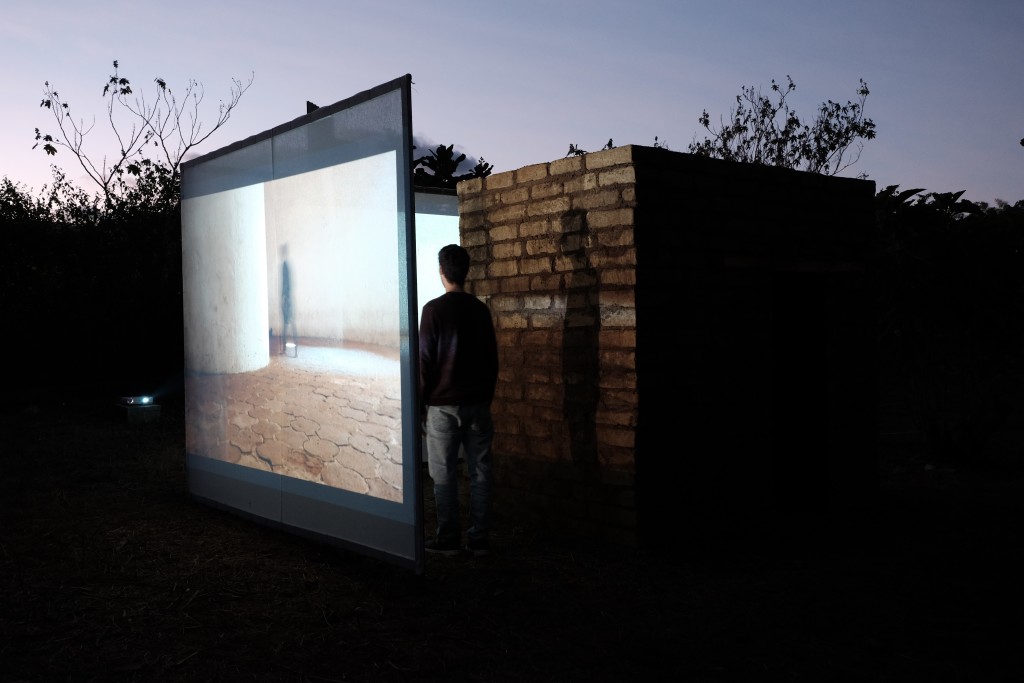
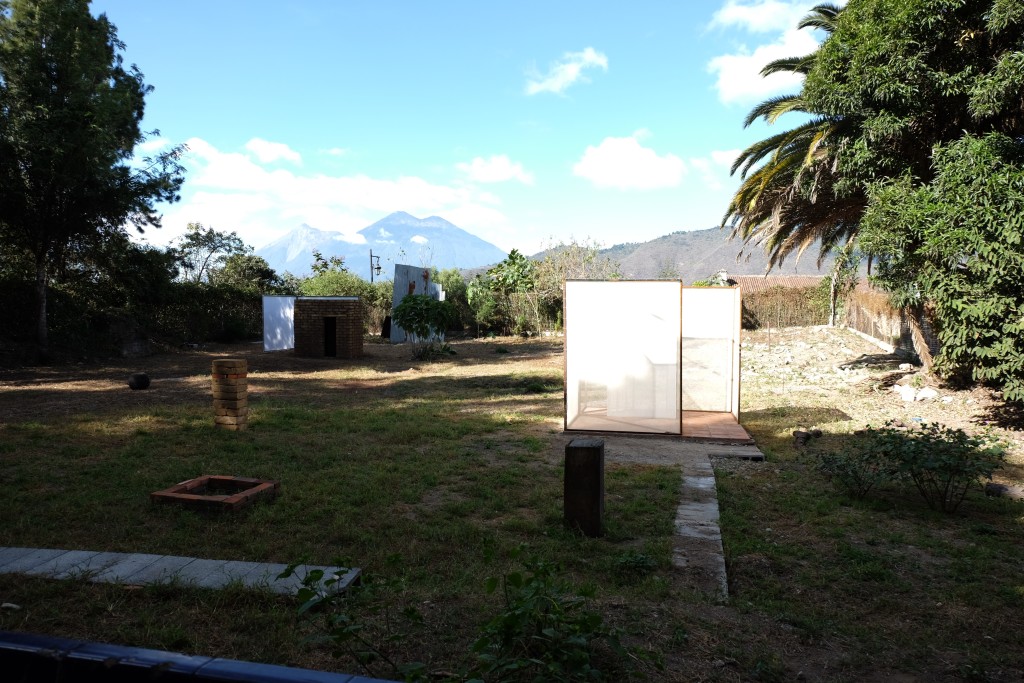
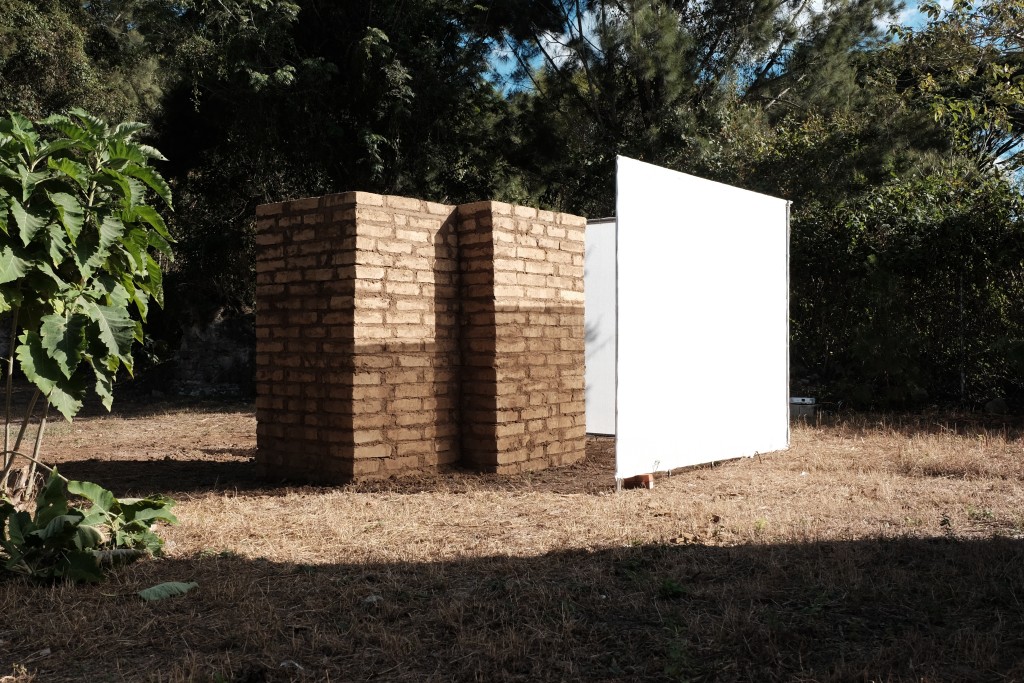
We find it to be significant that the site of C41 is located at the first convent of Antigua, La Concepcion. The structure of the convent is a unique one that allows us to conceptually look at social and spiritual structures and their practices of removal and community practices which are enforced through architectural structure, construction methods, uniformity of dress and regulation of bodily practice.
Throughout the residency we would like to use the given structure of the convent as a reference to create open metaphors, as to work within the particular framework that we are interested in: territories of relationships and their boundaries affected by social, economic, gender and labor hierarchies and divisions.
Because the cloister creates differentiated zones of activity it allows for a clarity of reading that renders the tensions between the different areas of the social realm obvious. We are interested in these structures that appear closed, but nevertheless create apertures for exchange, and as well those structures that today seem more open but are actually not, trapped within a confusion of boundaries and unclear readings. Thus, we seek to clarify places and functions, without ignoring the subtleties and nuances of their intersections, nor by re-enacting the architecture of the convent or its purposes, but rather making apparent through its metaphor the confusion between boundaries and by focusing on its apertures and other sites of exchange, even if cloaked.
Membranes allow for exchange, and it is by pointing to this limnal site of exchange that we create a sense of clarity for the viewer, one that is more often felt than reasoned. To move the body through such membranes is to discern their implicit edges and points of slippage; to find apertures (points of bridging between two zones) and to create a framework that allows such perception and its affect on the body, much like walking though a foreign city.
The project will be to translate the subtleties and residues of space that still remain in the ruin into to the more open territory of the site that now lacks the clarity of its previous relationship.
We would then be creating a series of objects, places, and constructions in the space that engage the convent structure, mapping identifiable and confusing territories to provide clarity in saying/seeing that these structures still exist now in our experience even where they are less seen.
Significantly, Sor Juana de Maldonado forms a question that is to the point: That by eliminating or re-structuring her freedom in one aspect allowed her to delve into a different sort of freedom, intellectual and not just social.